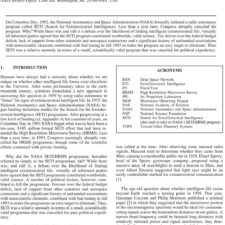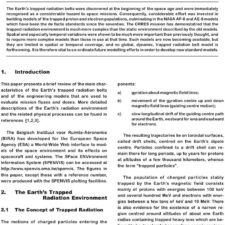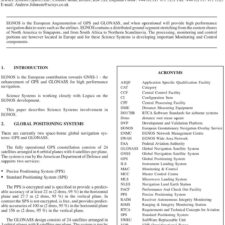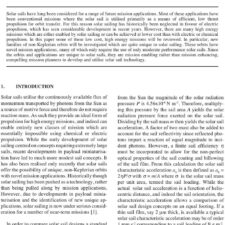A Bridge Too Far
£5.00
L. Halprin (2014), JBIS, 67, pp.167-174
Refcode: 2014.67.167
Keywords: Manned, Space flight, Newtonian, Paradigm, LEO, Stagnant, Progress, Transactional cost, Transactional constant, Way forward, Trans-generational
Abstract:
Manned space flight has stagnated for over forty years. No humans have travelled beyond LEO since 1972. This paper examines the historical reasons for this situation, postulates a possible explanation and proposes a potential way forward. The science required for manned space flight has existed for a very long time. The Chinese first developed rockets almost a millennium ago. The Laws of Universal Gravitation were described by Newton in the 17th century, and the rocket equation was formulated by Tsiolkovsky over a hundred years ago. Advances in chemical, electronic and materials technologies enabled manned space flight fifty years ago. But it still required the political will to authorise the enormous expense of the undertaking. Since the original political impetus for manned space flight evaporated after men reached the moon, the enterprise has stagnated. A three stage model linking (a) the science and technology, (b) the economic resources and (c) the will or motivation is presented as a possible explanation. A way for progressing the enterprise of manned space flight beyond this three-way nexus is proposed. By accepting the propositions put forward in this paper, it is plausible that stakeholders may be empowered to push beyond the excuses that have retarded manned space flight for so long.





